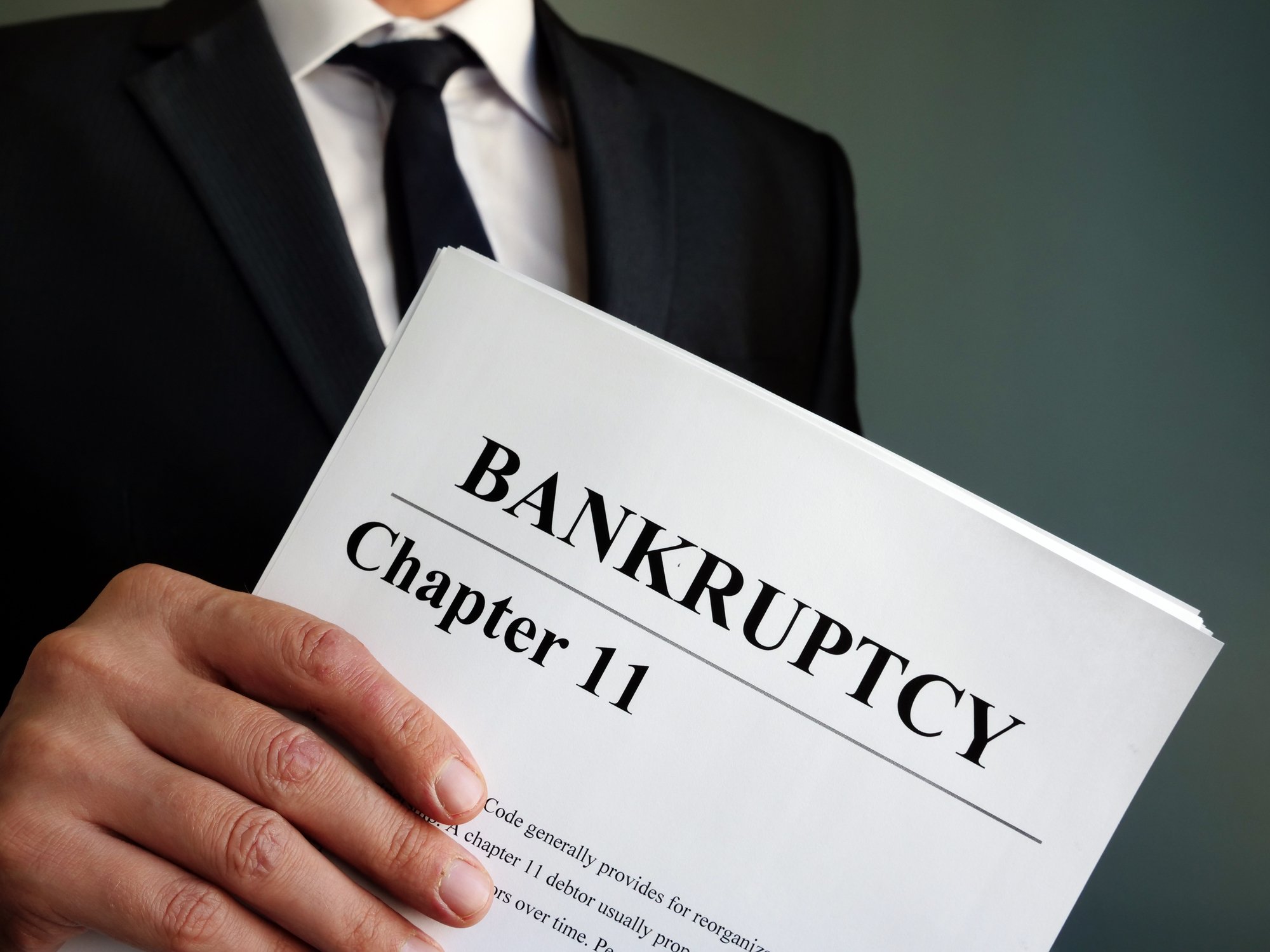Chesapeake Energy (CHK +0.00%), the second largest natural gas producer in the country, reported second-quarter financial results on Aug. 1. Let's take a closer look at its quarterly performance and what the company's future may hold.
Why Chesapeake earnings rose
Chesapeake reported adjusted after-tax net income of $334 million, or $0.51 a share, compared with $3 million, or $0.06 a share, in the year-earlier period, about $0.10 a share higher than analysts had expected. Revenue came in at $4.68 billion, up 38% from $3.39 billion a year earlier.
The year-over-year jump in earnings and revenue was driven mainly by a 44% year-over-year increase in oil production, led by the company's successful drilling program in the Eagle Ford shale. In the second quarter, the Eagle Ford delivered average daily output of 57,000 barrels per day, up by 32,700 barrels per day year-over-year and 8,200 barrels per day sequentially.
Quarterly highlights
Notable highlights from the quarter include an improving production mix, continued progress in reducing costs, and an improving balance sheet and liquidity picture. Liquids accounted for a quarter of Chesapeake's total production in the quarter, up from 21% a year earlier -- a positive sign that the company is making solid progress on improving its production mix away from natural gas and toward oil, which is more profitable in the current environment.
On the expense reduction front, drilling and completion costs fell 35% year over year, coming in at roughly $1.6 billion in the second quarter, while total leasehold and other capital expenditures also plunged 75% year over year, coming in at $245 million during the quarter.
But perhaps the most encouraging news during the quarter was the company's improving financial position. After shedding roughly $11 billion worth of assets last year, Chesapeake said it received some $2.4 billion in proceeds from asset sales in the first half of this year.
Thanks to these asset sales and anticipated improvements in net operating cash flow resulting from strong performance from its oil-heavy assets, Chesapeake expects to be able to fully fund its 2013 capital expenditure program through its cash flow -- a major milestone for a company that has a history of overspending. Debt and liquidity concerns are also easing, with the company ending the quarter with $4.7 billion of liquidity and net long-term debt more or less flat compared to year-end 2012.
Lastly, while Chesapeake is keenly focused on drilling for liquids, don't forget that it still has sizable positions in some of the most economic natural gas plays in the country, including the Haynesville and the Marcellus. In fact, according to an analysis by Wells Fargo, Chesapeake was one of the lowest-cost gas producers in the industry last year, requiring a gas price of just under $4 to break even.
That compares very favorably with its closest low-cost competitors, such as Devon Energy (DVN 0.39%), which needed a gas price of around $4.50 to break even, and Range Resources (RRC 1.89%), which had all-in costs of around $5.50 per Mcfe. Pure-play natural gas producer Ultra Petroleum (UPL +0.00%), which required a gas price of just around $3 per Mcfe to break even on its natural gas wells, was one of the only companies with lower all-in costs per Mcfe than Chesapeake.
While gas prices will have to go much higher than Chesapeake's breakeven cost of production to incent the company to divert capital away from its oil-heavy plays, it's nice to know the company still has huge upside should gas prices surge.
The bottom line
All told, Chesapeake is definitely in one of the strongest positions it has been in for quite some time. Solid performance from its core assets has helped boost operating cash flow by 53% year over year, which, combined with asset sales, has significantly reduced the company's near-term liquidity risks.
In addition, the company continues to make progress on cutting costs, boosting investor confidence that it is serious about pursuing financial discipline. Going forward, Chesapeake will be focused on two overarching objectives: financial discipline and profitable and efficient growth from its existing asset base, both of which should help the company continue to grow production, while keeping spending in line with its cash flow.








